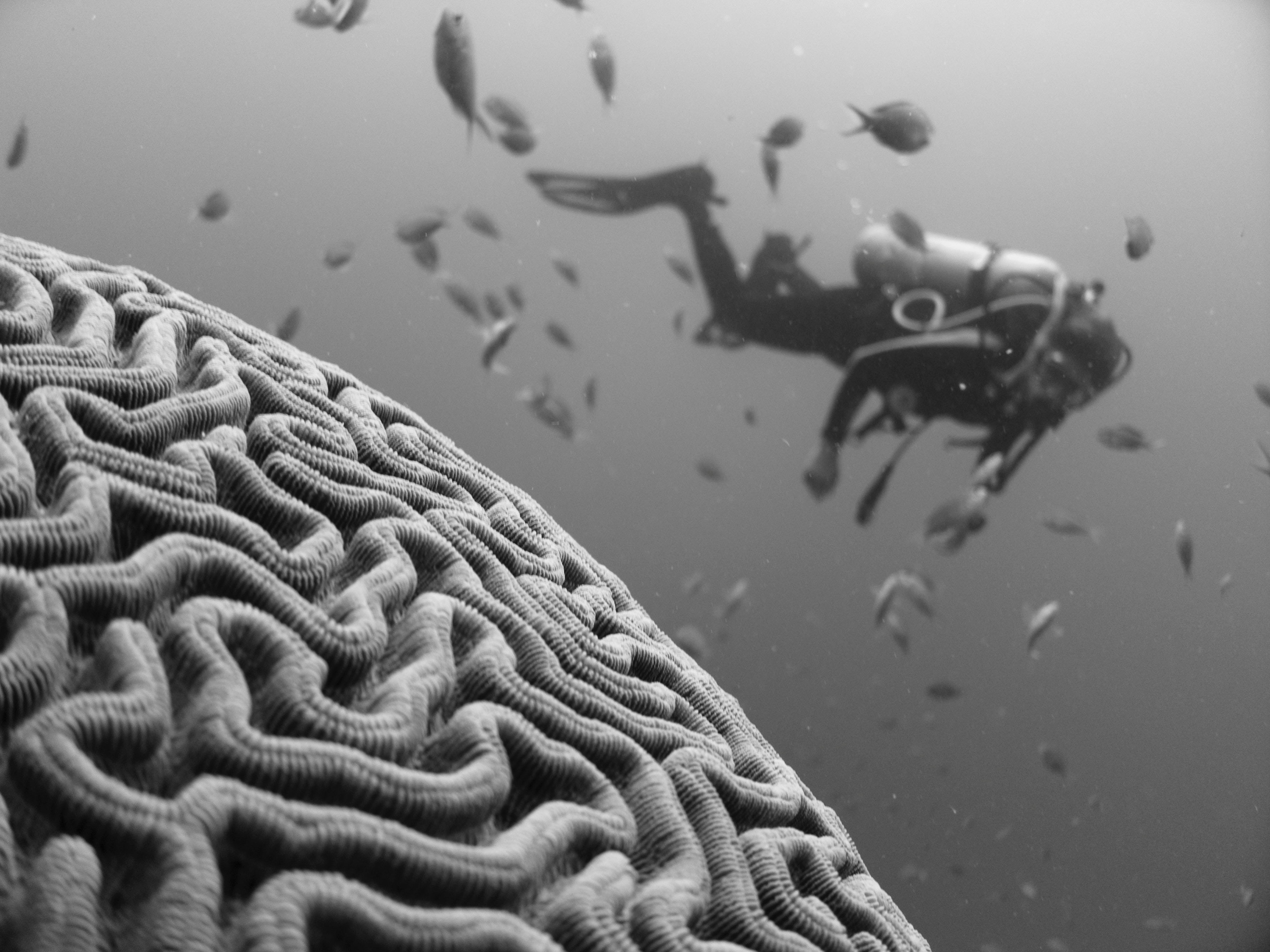The Adaptive Information Processing (AIP) model is the theoretical, neurobiological concept foundational to EMDR therapy. According to the AIP model, the human brain processes new information by a way of a physiological system of existing memory networks that are responsible for perceptions, attitudes, and behaviors. These memory networks help, when linked to current situations, to evaluate the new situation for danger, safety, security, instability, etc. In other words, these memory systems help predict current and future outcomes for the purpose of warning of potential danger. Uri Bergman (2012) calls this ability to form predictions, “the predominant evolutionary product of all information processing.” Being able to predict outcomes based on past experience enhanced the survival of the human species.
But sometimes beliefs are inaccurately skewed toward the negative because of the climate in the brain when the memory was stored. During a traumatic experience, the autonomic nervous system is aroused thereby changing brain functioning and brain chemistry, thus distorting perceptions and beliefs. Those cognitive distortions become part of the long-term stored memory of that experience and serve to influence future outcome predictions with a negative bias.
Neural research calls cognitions (thoughts, beliefs), emotions, body sensations, and some element of sensory perceptions (such as an image or a sound), “the building blocks of consciousness,” (Bergmann, 2012). EMDR therapy targets are comprised of these building blocks to address and change the negative skew of the trauma memory. Though clients may know, on a conscious level, that they are valuable, worthy people, deep down inside they don’t feel it. That is because they didn’t feel worthy at the time of the trauma and that is how the trauma experience was stored in long-term memory. It is the human tendency to blame oneself during particularly stressful times. This is especially true in children who are helpless to change their circumstances. They can’t blame Mom or Dad for the lack of physical or emotional nurturance, or even for the abuse, because it would cause Mom and Dad to abandon them and they would not survive. So, instead, it is experienced as “I did something wrong to cause this”, “I’m bad’” “I’m unworthy,” “I don’t matter” or any of the numerous ways people self-denigrate. Another example of the human tendency to self-blame when under unchangeable negative circumstances is the shame and guilt commonly experienced by those who have been raped. Oftentimes, people are totally unaware of the stored memory and associated beliefs that actively color their lives with a negative brush. They just know they feel bad.
Therapy that does not effectively bring the trauma memory out of long-term storage in order to change the negative skew can still be helpful by creating a co-existing belief system that competes with the trauma memory. Positive affirmations, coping skills, cognitively evaluating the experience and assigning responsibility to the perpetrator all help. . . until the trauma memory is triggered. Then the deeply held belief and felt sense that self is somehow inadequate prevails. This belief is a huge contributor to both depression and anxiety, the two most common reason people seek therapy.
The trauma memory is frozen in time, intact with the original thoughts, feelings, body sensations, and images in a self-enclosed memory system. From an evolutionary perspective, the locked-in memory that inevitably occurs during high emotional state enhances survival because what is learned by the stressful experience becomes frozen in the subcortical implicit memory systems for future reference when similar threatening circumstances occur. However, this isolated memory system holding the trauma is not linked to other memory systems that hold more adaptive core beliefs and perceptions. So the aforementioned building blocks of consciousness experienced during the trauma remain intact. Our defense mechanisms create a closed system to defend us from having to consciously experience the trauma over and over. It stuffs the memory deep in the subconscious. But this isolation is actually a disservice because the brain cannot integrate the past trauma with more adaptive current experiences, thus leaving the trauma unprocessed. Furthermore, the time, place and context of the unprocessed trauma surfaces in fragmented form periodically due to the dissociated state the person was in during the trauma. This fragmented phenomenon is often frightening to the client resulting in the client avoiding the memory, consciously or subconsciously, even during therapy.
In 1989 neuroscientists concluded that a highly emotional experience consolidated in long-term memory was permanent and unchangeable for the lifetime of the individual (Ecker, Ticic, and Hulley, 2012). The therapeutic focus was teaching clients how to suppress an emotional reaction to the trauma memory through exposure, relaxation techniques, and positive thinking to counteract and compete with the triggering of that memory. Unfortunately, learned coping skills were successful under ideal circumstance but not under real-life challenges.
There was a significant breakthrough from research done from 1997 to 2000 (Ecker, Ticic, and Hulley, 2012.) Neuroscientists discovered that a trauma experience consolidated in long-term memory could be temporarily shifted to a state of deconsolidation in working memory. There the negative learning associated with the trauma could be revised. After the now transformed memory becomes reconsolidated into long-term memory the autobiographical aspect of the memory is clear but the negative emotionally charged learning previously associated with the memory is eliminated.
Following are the requirements for memory reconsolidation:
1. The memory must be activated during therapy. The therapist and client will both know that it has been activated because the client will be experiencing the emotions, negative cognitions, body sensations, and an image associated with the target trauma memory. Trauma memory activation can be accomplished by simply asking the client to recall the event or associated cues. When this occurs the memory goes into the more plastic, working memory and has about five hours of malleability for adaptive perceptions of what happened to be introduced.
2. A requirement for memory deconsolidation is that while the memory is activated in therapy the client must be aware of a mismatch between the negative learning adopted during the trauma, (and its associated predictions), and more adaptive perceptions of how life works. These adaptive perceptions must either contradict the negative learning or be a more positive variation of understanding what happened.
3. The trauma memory is revised or erased through a new learning experience by the introduction during therapy of a more positive interpretation of what happened. This must be done within five hours of activating the memory before the synapses relock and it returns to long term memory.
To illustrate the above steps imagine a soldier who is experiencing PTSD not only because of the threat inherent in war but because he or she had to go against long-held values and hurt someone. The trauma memory is activated in therapy by openly discussing the trauma event or referring to the context more tangentially. Once activated, the more adaptive information that the client did what was necessary to stay alive while serving to protect our country and way of life is introduced either through the clients own awareness of this truth which is stored in the conscious executive thinking of the neocortex, or a cognitive interweave introduced by the therapist. Note that though the client may be consciously aware of the more adaptive perspective of the traumatic events, the subconscious frozen trauma memory cannot access it. Both therapist and client will know that the therapy was successful if the client no longer reacts to triggers, the client is no longer experiencing emotional, body or behavior symptoms, and nothing further must be done to stop the symptoms from recurring.
EMDR therapy accomplishes the above-mentioned marks for successful reconsolidation through the standard EMDR protocol. EMDR therapy activates the memory, introduces new learning during this activated state, and evaluates whether the new learning has been accepted. Francine Shapiro, the creator of EMDR therapy, incorporated these steps in 1989, long before the neurobiologists’ discovery determining that experiences stored in long-term memory could indeed be changed. Once the trauma memory has been desensitized in therapy the prediction error is also corrected. The client has the felt sense that the danger was in the past and it’s safe now.
In addition to the steps required for memory reconsolidation, EMDR therapy standard protocol monitors the client’s level of upset or dissociation during therapy. If the client becomes too hyper or hypo-aroused, therapy is stopped to ground the client. Effective EMDR therapy, or any other kind of therapy, cannot be done when the client’s fight or flight response has been triggered or if they shut down to avoid the intensity of recall.
Bergman, U. (2012). Neurobiological foundations for EMDR practice. New York, NY: Springer Publishing Company LLC.
Ecker, B., Ticic, R., & Hulley, L. (2012). A primer on memory reconsolidation and its psychotherapeutic use as a core process of profound change. Neuropsychotherapist.com.
Lauren Reiter LCSW
817-770-0470
emdrway.com





